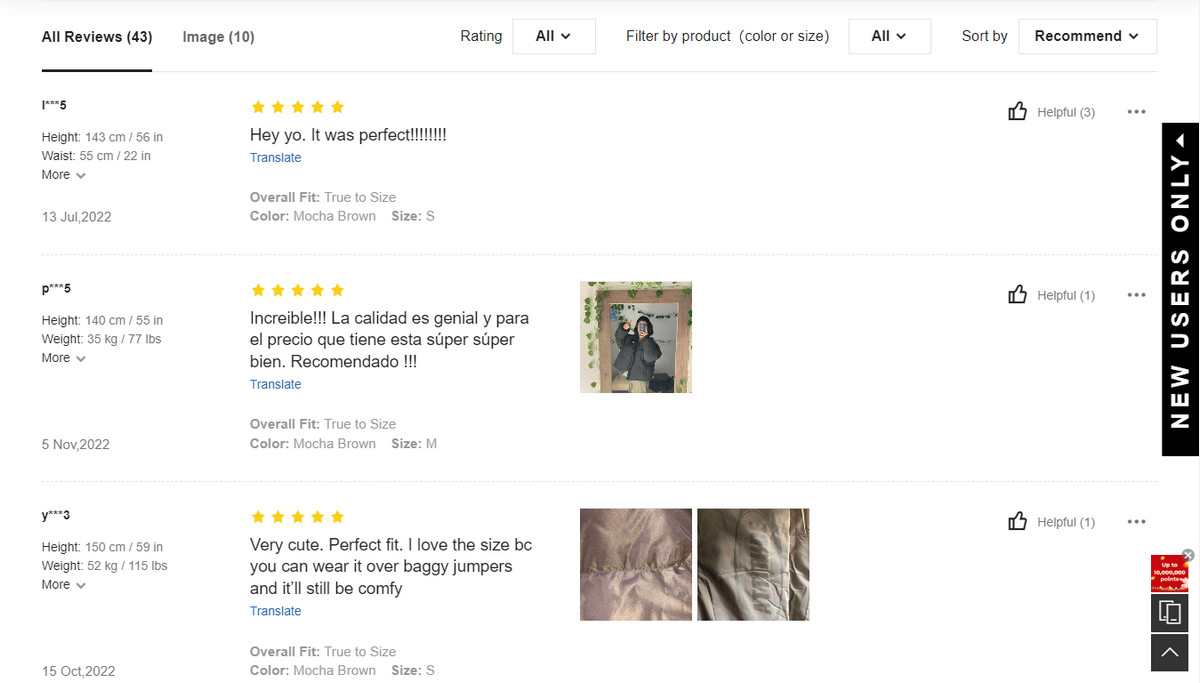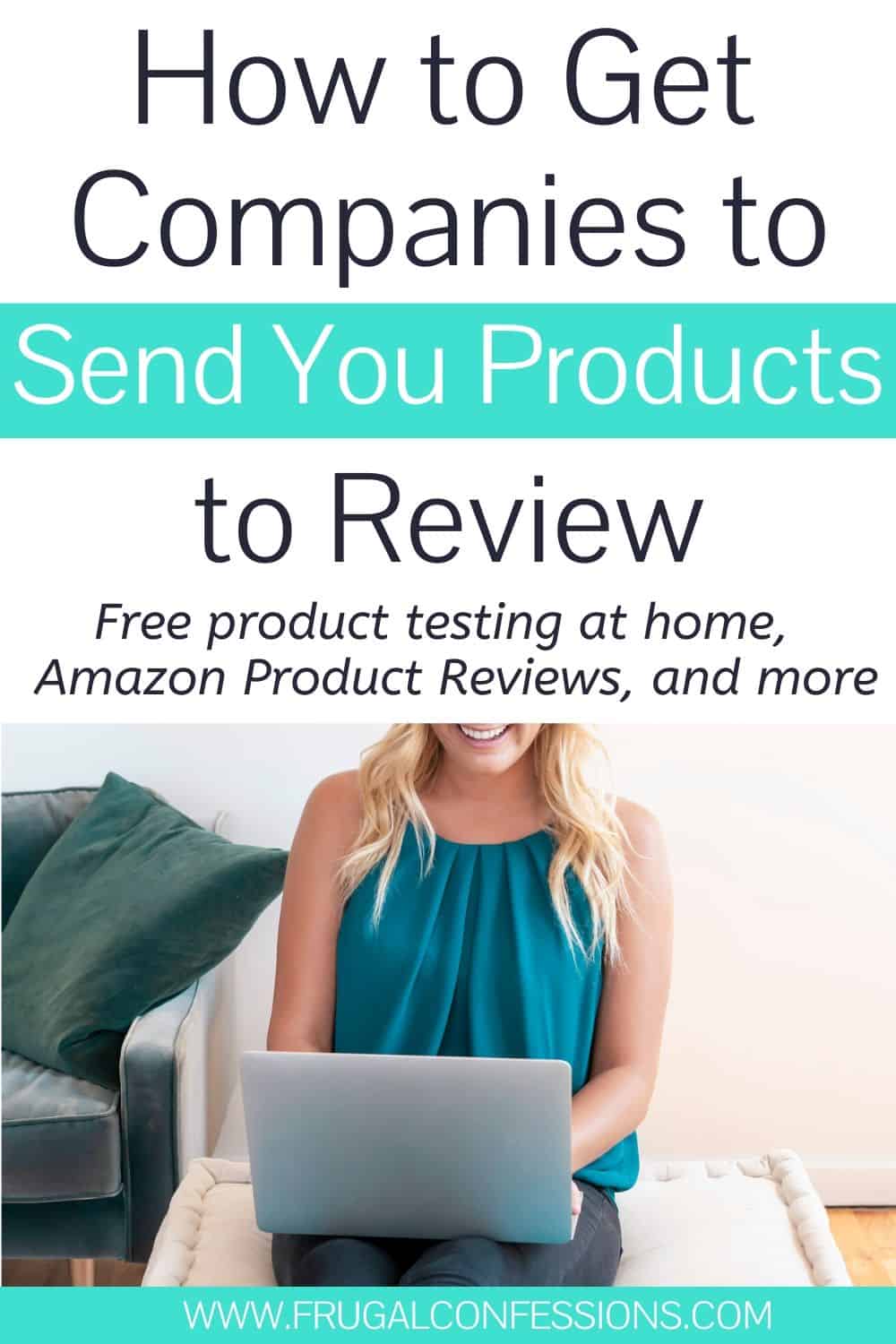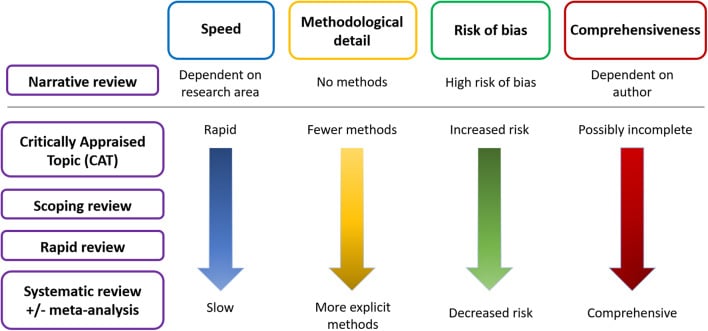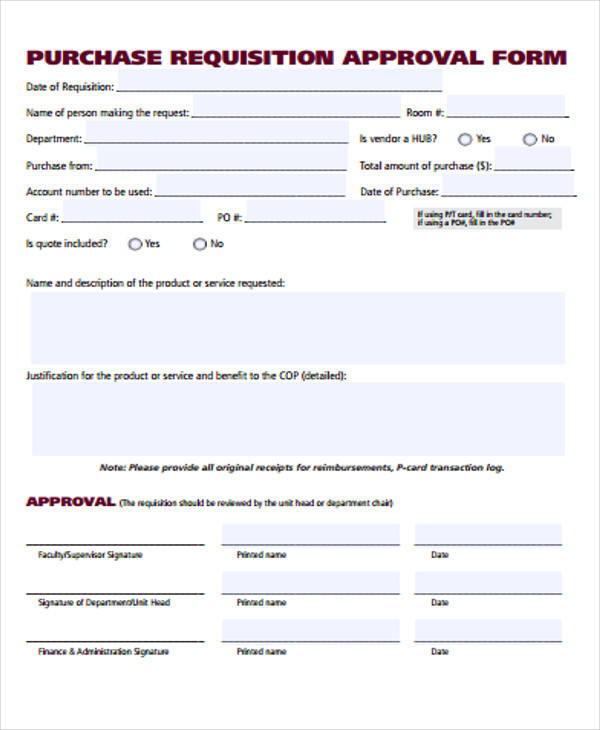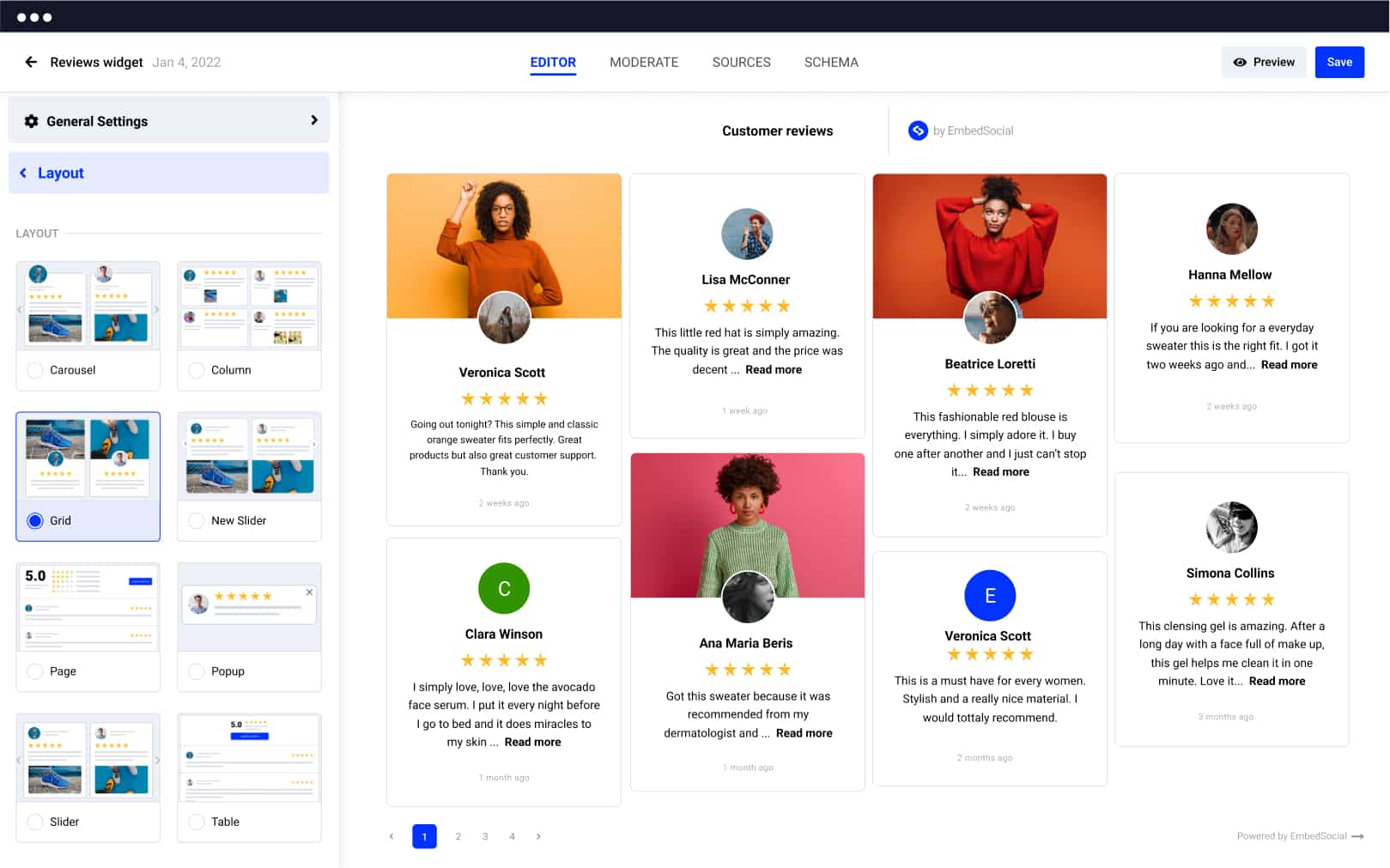Why Brands Want You to Review Their Products
Brands are eager to get their products in front of potential customers, and product reviews are an effective way to achieve this. By partnering with reviewers, brands can increase their visibility, credibility, and customer trust. Reviews provide social proof, helping to alleviate concerns and doubts that potential customers may have about a product. Moreover, reviews can also help brands improve their products and services by providing valuable feedback from real users.
In today’s digital age, online reviews have become a crucial aspect of the buying process. According to a study, 85% of consumers trust online reviews as much as personal recommendations. This is why brands are willing to send free products to reviewers in exchange for honest feedback. By doing so, brands can tap into the reviewer’s audience, increase their online presence, and ultimately drive sales.
Reviews can also help brands identify areas for improvement, allowing them to refine their products and services to better meet customer needs. This, in turn, can lead to increased customer satisfaction, loyalty, and retention. Furthermore, reviews can provide brands with valuable insights into their target market, helping them to refine their marketing strategies and improve their overall competitiveness.
For reviewers, getting products free for review can be a win-win situation. Not only do they get to try out new products, but they also get to share their honest opinion with their audience. This can help to establish their credibility and authority in their niche, making them more attractive to brands and readers alike.
So, how can you get started with getting products free for review? The first step is to establish yourself as a credible and trustworthy reviewer. This involves creating high-quality content, engaging with your audience, and building relationships with brands. By doing so, you can increase your chances of getting approved for free products and start building a successful review business.
Building Your Online Presence as a Reviewer
Establishing a strong online presence is crucial for reviewers who want to get products free for review. A professional website or blog is essential for showcasing your expertise and building your personal brand. Choose a domain name that is easy to remember and relevant to your niche, and select a web hosting service that is reliable and secure.
When creating your website or blog, focus on producing high-quality content that is engaging, informative, and well-written. Use a clean and simple design that is easy to navigate, and optimize your website for search engines to improve your visibility. Regularly update your content to keep your audience engaged and coming back for more.
In addition to a website or blog, social media profiles are also essential for building your online presence. Create profiles on relevant platforms such as Instagram, YouTube, or TikTok, and use them to share your content, engage with your audience, and build relationships with brands. Use social media analytics tools to track your performance and adjust your strategy accordingly.
Engaging with your audience is also critical for building your online presence. Respond to comments and messages promptly, and use social media to ask for feedback and opinions. This will help you build a loyal following and increase your influence in your niche. Collaborate with other reviewers or influencers to reach new audiences and build relationships with brands.
When it comes to showcasing your expertise, focus on creating high-quality content that is relevant to your niche. Use keywords strategically to improve your search engine rankings, and optimize your images and videos to make them more discoverable. Use testimonials and reviews from satisfied readers to build credibility and trust with your audience.
By building a strong online presence, you can increase your chances of getting approved for free products and build a successful review business. Remember to stay focused on your niche, produce high-quality content, and engage with your audience to build a loyal following. With persistence and dedication, you can establish yourself as a credible and trustworthy reviewer and start getting products free for review.
Identifying Brands That Offer Free Products for Review
When it comes to getting products free for review, it’s essential to identify brands that offer such opportunities. One way to do this is by searching for product review programs online. Many brands have dedicated programs for reviewers, such as Amazon Vine or Sephora’s Beauty Insider program. These programs allow reviewers to receive free products in exchange for honest reviews.
Another way to find brands that offer free products for review is by reaching out to them directly. Research brands that align with your niche and contact their marketing or PR departments to inquire about potential review opportunities. Be sure to include a brief introduction, your website or social media handles, and a clear explanation of why you’re interested in reviewing their products.
Online platforms that connect reviewers with brands are also a great resource. Websites like Tomoson, Influenster, and ReviewStream allow reviewers to browse available review opportunities and apply to receive free products. These platforms often have a wide range of brands and products available, making it easier to find opportunities that align with your niche.
Some popular brands that offer free products for review include beauty companies like L’Oréal and Estee Lauder, tech companies like Samsung and Apple, and outdoor gear companies like Patagonia and The North Face. These brands often have dedicated review programs or partner with influencers and reviewers to promote their products.
When researching brands that offer free products for review, be sure to read the fine print and understand the terms and conditions of each program. Some programs may require you to have a certain number of followers or engagement metrics, while others may have specific content requirements or deadlines.
By identifying brands that offer free products for review, you can increase your chances of getting approved for review opportunities and start building your review business. Remember to always follow the guidelines and terms of each program, and be sure to disclose any free products you receive in your reviews.
Crafting a Compelling Review Request
When reaching out to brands for review opportunities, it’s essential to craft a compelling review request that showcases your value as a reviewer. Start by highlighting your audience reach and engagement metrics, such as your website traffic, social media followers, and email subscribers. This will help brands understand the potential impact of your review.
Next, explain why you’re interested in reviewing the brand’s product and how it aligns with your niche and audience interests. Be specific about what you like about the product and how you plan to review it. This will help brands understand your review style and tone, and whether you’re a good fit for their product.
Include examples of your previous reviews or content that demonstrate your expertise and writing style. This will help brands assess your credibility and trustworthiness as a reviewer. You can also include any relevant certifications, awards, or recognition you’ve received as a reviewer.
When writing your review request, be clear and concise about what you’re asking for. Specify the product you’re interested in reviewing, the type of review you plan to write, and any specific requirements or deadlines you need to meet. Be respectful of the brand’s time and resources, and be open to negotiating the terms of the review.
Here’s an example of a successful review request:
“Dear [Brand Representative],
I’m reaching out to request a review opportunity for [Product Name]. As a reviewer with [Number] years of experience and a focus on [Niche], I believe I can provide a valuable and informative review that will help your target audience make informed purchasing decisions.
I’ve included some examples of my previous reviews below, which demonstrate my expertise and writing style. I’m excited about the opportunity to review [Product Name] and share my thoughts with my audience.
Please let me know if this is something we can discuss further. I look forward to hearing from you.
Best regards,
[Your Name]”
By crafting a compelling review request, you can increase your chances of getting approved for review opportunities and build relationships with brands that will help you grow your review business.
Understanding the Different Types of Product Review Programs
As a reviewer, it’s essential to understand the different types of product review programs available. These programs can vary in terms of their benefits, drawbacks, and requirements. In this section, we’ll discuss the most common types of product review programs, including affiliate programs, sponsored reviews, and product seeding.
Affiliate programs are a popular type of product review program. These programs allow reviewers to earn a commission on sales generated through their unique referral link. For example, Amazon’s affiliate program allows reviewers to earn up to 10% commission on sales generated through their affiliate link. Other brands, such as Sephora and Ulta, also offer affiliate programs for their products.
Sponsored reviews are another type of product review program. These programs involve a brand paying a reviewer to review their product. Sponsored reviews can be a great way for reviewers to monetize their content, but they require a high level of transparency and disclosure. Reviewers must clearly disclose that the review is sponsored and provide an honest review of the product.
Product seeding is a type of product review program that involves a brand sending free products to reviewers in exchange for a review. This type of program is often used by brands to generate buzz and increase visibility for their products. Reviewers can receive free products, but they must provide an honest review of the product.
Each type of product review program has its benefits and drawbacks. Affiliate programs can provide a steady stream of income, but they require a high level of traffic and engagement. Sponsored reviews can provide a one-time payment, but they require a high level of transparency and disclosure. Product seeding can provide free products, but it requires a high level of engagement and a commitment to review the product.
When choosing a product review program, it’s essential to consider your goals, audience, and content strategy. Reviewers should choose programs that align with their niche and audience interests, and that provide a clear benefit to their readers. By understanding the different types of product review programs, reviewers can make informed decisions and maximize their chances of getting approved for free products.
Maximizing Your Chances of Getting Approved for Free Products
To increase your chances of getting approved for free products, it’s essential to build relationships with brands, create high-quality content, and engage with your audience. By doing so, you can demonstrate your value as a reviewer and show brands that you’re a good fit for their products.
Building relationships with brands involves reaching out to them directly, attending events and conferences, and engaging with their social media content. By building a rapport with brands, you can increase your chances of getting approved for free products and stay top of mind for future review opportunities.
Creating high-quality content is also crucial for getting approved for free products. This involves writing in-depth, informative reviews that provide value to your audience. Use high-quality images, videos, and other multimedia elements to enhance your content and make it more engaging.
Engaging with your audience is also essential for getting approved for free products. Respond to comments and messages promptly, and use social media to ask for feedback and opinions. By engaging with your audience, you can build a loyal following and increase your influence in your niche.
When following up with brands, be sure to be polite, professional, and persistent. Send a follow-up email or message to inquire about the status of your review request, and be open to negotiating the terms of the review.
Here are some additional tips for maximizing your chances of getting approved for free products:
Be selective about the brands you work with, and only reach out to brands that align with your niche and audience interests.
Use a professional email address and include a clear subject line that indicates the purpose of your email.
Include a brief introduction, your website or social media handles, and a clear explanation of why you’re interested in reviewing the product.
Be open to negotiating the terms of the review, and be willing to provide additional information or content to support your review request.
By following these tips, you can increase your chances of getting approved for free products and build a successful review business.
Disclosing Free Products and Maintaining Transparency
As a reviewer, it’s essential to maintain transparency and disclose any free products you receive. This is not only a requirement by the Federal Trade Commission (FTC) but also a way to build trust with your audience. In this section, we’ll discuss the importance of disclosing free products and provide examples of clear disclosure statements.
The FTC requires reviewers to clearly disclose any material connections they have with the brand, including free products. This means that if you receive a free product in exchange for a review, you must disclose this information in your review. Failure to do so can result in fines and penalties.
So, how do you disclose free products in your reviews? Here are some examples of clear disclosure statements:
“This product was provided to me for free by [Brand Name] in exchange for an honest review.”
“I received this product as part of [Brand Name]’s review program.”
“This review is sponsored by [Brand Name], but all opinions are my own.”
When disclosing free products, be sure to include the following information:
The name of the brand that provided the product
A clear statement indicating that the product was provided for free
A statement indicating that the review is sponsored or affiliated with the brand
By disclosing free products and maintaining transparency, you can build trust with your audience and maintain a professional reputation as a reviewer.
Remember, transparency is key to building a successful review business. By being open and honest with your audience, you can establish a loyal following and increase your influence in your niche.
Monetizing Your Reviews and Building a Sustainable Business
As a reviewer, it’s essential to monetize your reviews and build a sustainable business. In this section, we’ll discuss ways to monetize your reviews, including affiliate marketing, sponsored content, and selling products or services.
Affiliate marketing is a popular way to monetize reviews. By joining affiliate programs, reviewers can earn a commission on sales generated through their unique referral link. For example, Amazon’s affiliate program allows reviewers to earn up to 10% commission on sales generated through their affiliate link.
Sponsored content is another way to monetize reviews. Brands will pay reviewers to review their products or services, and in return, the reviewer will provide a review that meets the brand’s requirements. Sponsored content can be a lucrative way to monetize reviews, but it’s essential to maintain transparency and disclose any sponsored content to your audience.
Selling products or services is another way to monetize reviews. Reviewers can create and sell their own products or services, such as ebooks, courses, or consulting services. By leveraging their expertise and audience, reviewers can create a sustainable business that generates revenue.
To build a sustainable business as a reviewer, it’s essential to focus on creating high-quality content, engaging with your audience, and building relationships with brands. By doing so, you can establish a loyal following and increase your influence in your niche.
Here are some additional tips for building a sustainable business as a reviewer:
Focus on creating high-quality, informative content that provides value to your audience.
Engage with your audience through social media, comments, and email.
Build relationships with brands by attending events, conferences, and reaching out to them directly.
Disclose any sponsored content or free products to your audience to maintain transparency.
By following these tips, you can build a sustainable business as a reviewer and monetize your reviews.

